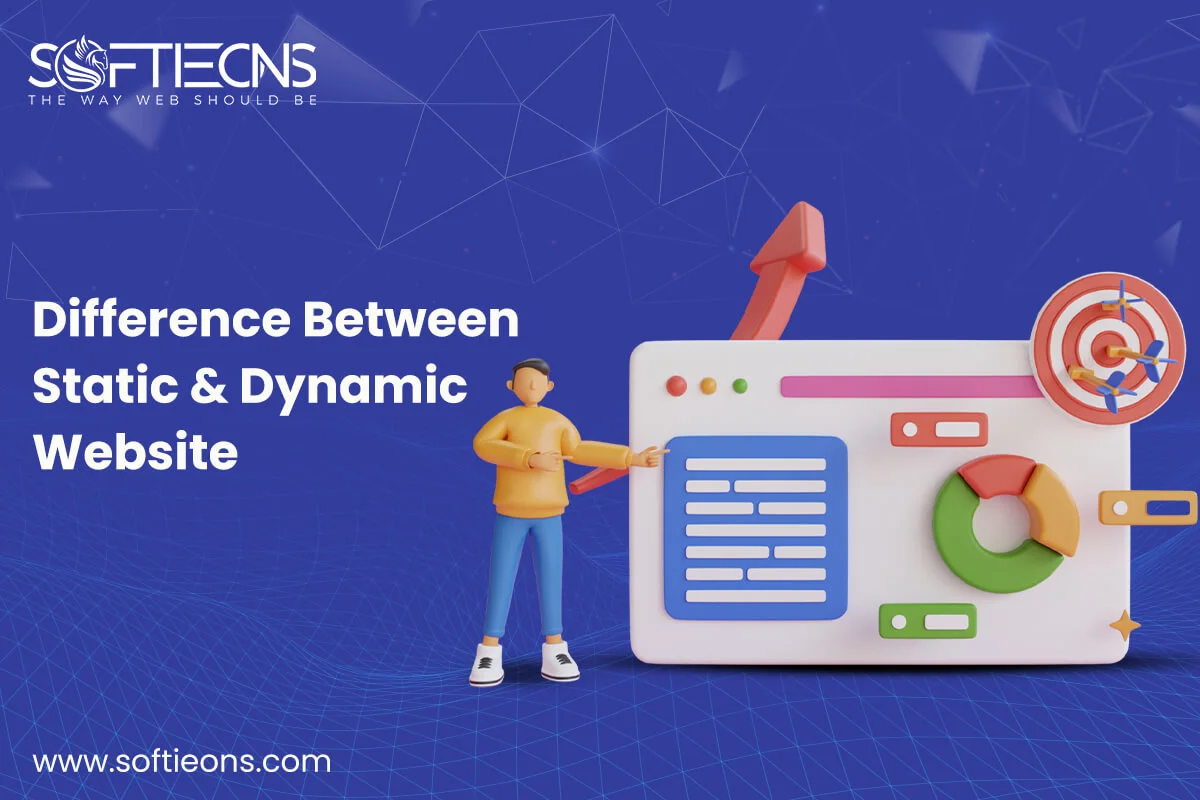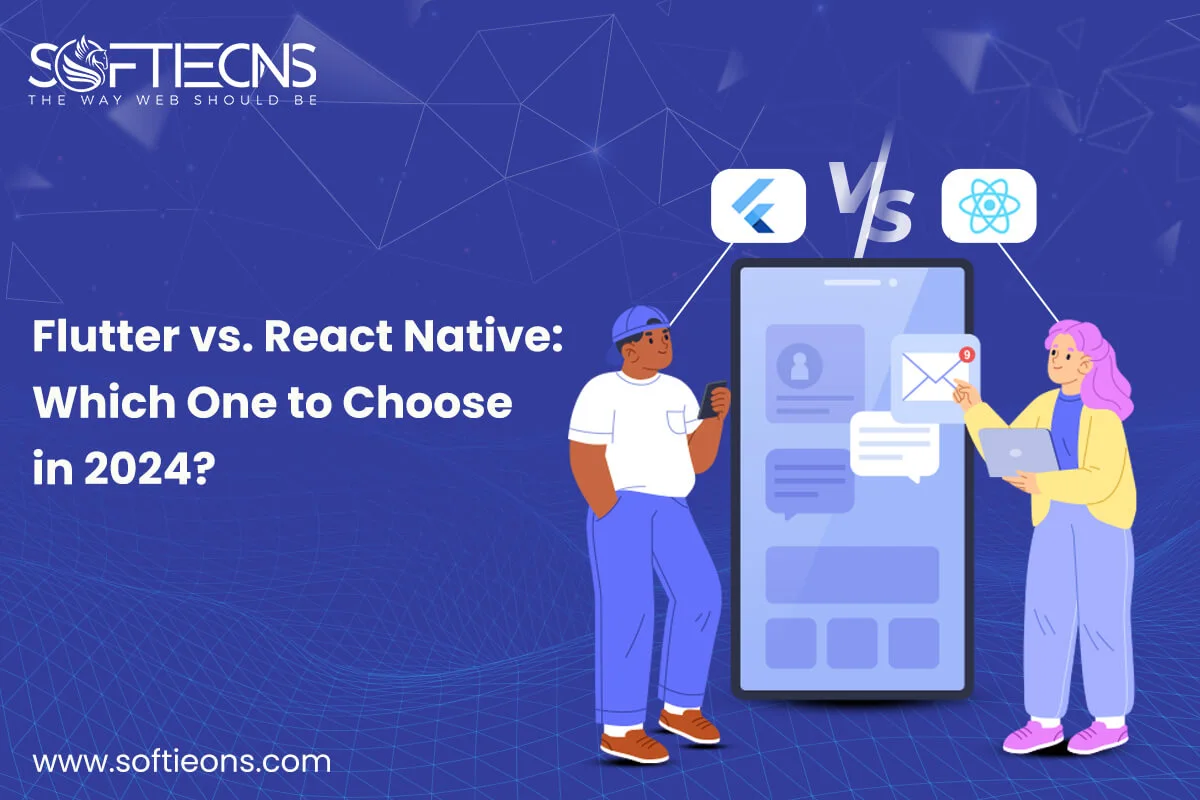Good and Bad Platforms for the Production and Distribution of Processed Meals
Sat, 10 Apr 2021
Food marketers expect on-demand food delivery services to become more prominent from news to investments as delivery dollar’s rise. On-demand restaurant food delivery is a major business that is projected to expand to $76 billion by 2022. This represents a major source of future company revenue in a highly competitive market.
Let alone on-demand food delivery, ghost kitchens are looking for a large chunk of that market share. Subsequently, they are similar to the commissary space that hard-wired brick and mortar restaurants can rent to cook their delivery food, there may be several benefits that ghost kitchens can bring – there may be the ability to open delivery-only locations in neighborhoods outside their normal delivery zones and free up space at their primary locations, which are usually not intended for delivery. These are the special kitchens set up to manage deliveries and pop up globally to draw major investments.
Global on-Demand Food Delivery Heads for Care mongering
Food Delivery Major’s like Swiggy and the corresponding micro-distribution platforms that offer milk and other important items such as eggs, bread, vegetables, fruits have rescheduled their delivery times following COVID-19, telling customers that they will now deliver the goods by 9 a.m.
Attention Grabbers: On-Demand Food Delivery Apps
Recently, research on global customers shows that restaurants from McDonald’s to Buffalo Wild Wings are hot on delivery and have signed up with applications such as Uber Eats, Domino’s, Just Eat, Deliveroo, Doordash, Eat24, Delivery.com, etc. This has contributed in the last couple of years to a tripling of restaurant deliveries. It has also improved the food distribution market for the Millennials. Statistics of online food delivery suggest that such apps are among the top 40 most downloaded apps on major markets now.
The Emergence of Cloud Kitchens and Food Delivery Apps
Food distribution websites such as Grub Hub, Uber Eats, Doordash, and several of other third-party delivery firms have collaborated with ghost kitchens such as Cloud Kitchen. Grub hub has recently purchased a rival such as Kitchen United and is merging the companies vertically. Similar food delivery service Swiggy claims it is leading the country’s cloud kitchen market. Cloud Kitchens has stepped up the power of on-demand food delivery platforms. Online food distribution platforms such as the Grub hub grow vertically with Kitchen United to monitor the site from which customers are searching and processing food orders, the kitchens where food is prepared, the delivery workers, and the labor services that include automated cooks.
What Is Good To Know About On-Demand Food Delivery Platforms?
- Helps build the brand of a restaurant without brick and mortar.
- It makes local food deliveries easier.
- Delivery-only brands such as Zomato, Caviar, Doordash, etc. could take a bite out of revenue at existing restaurants while creating competition and becoming a possible restaurant nightmare.
- Cloud kitchens reduce restaurant risk when they are looking for expansion.
What Is Not So Good To Know About Online Food Delivery Platforms?
- The distribution costs from technology to third party commissions will eat into and wipe out restaurant profits.
- This can be very difficult for restaurants to evaluate the distribution costs, order channels, brick-and-mortar rentals, staff, food and beverage, promotions, technology, and customer loyalty programs.
Types of Food Delivery Apps
- Aggregators: applications by third parties that serve as mediators between a customer and restaurants; Consumers place an order through an app or telephone call and then it is shipped by courier.
- New Delivery Apps: These apps allow users to compare various restaurant prices and deals and menus but deliver the order themselves.
- Full Stack Food Delivery Service: Handling customer engagement, preparation, and logistics is the responsibility of the food delivery service business.
We at softieons technologies work on mobile app development and help our customers according to their business needs.
POPULAR POSTS
Shopify vs. WordPress: Which one is best for e-commerce?
Wed, 07 Apr 2021Role of IoT in the Real Estate Industry
Wed, 14 Apr 2021Why UX And UI Is Important For Mobile Application Development
Sat, 01 May 2021Telemedicine's Advantages in Nursing Homes
Fri, 24 Dec 2021RECENT POSTS
Difference Between Static Website And Dynamic Website
Wed, 24 Apr 2024Flutter vs. React Native: Which One to Choose in 2024?
Mon, 22 Apr 2024Exploring the Benefits of Professional Website Design Companies
Fri, 29 Mar 2024Understanding The Role Of Web Design Firms
Fri, 22 Mar 2024









